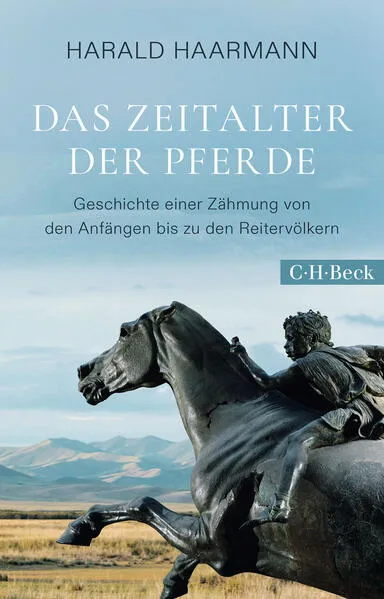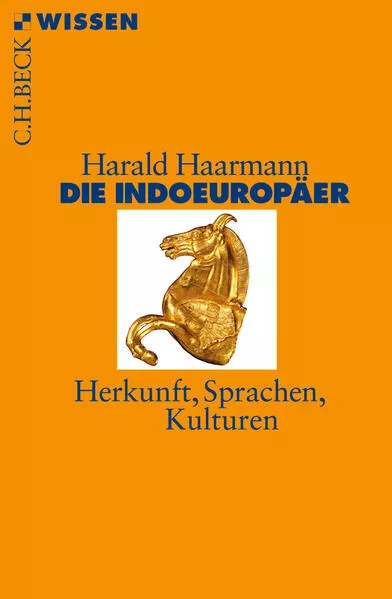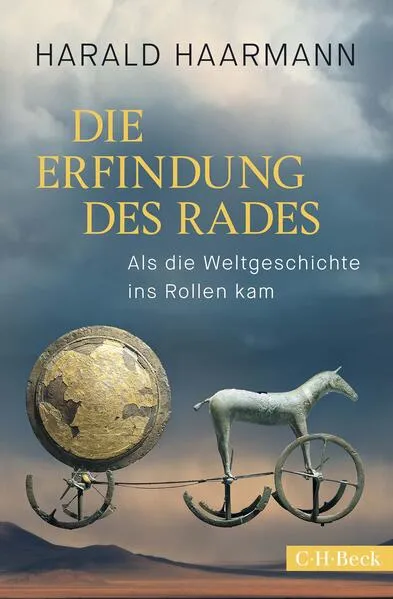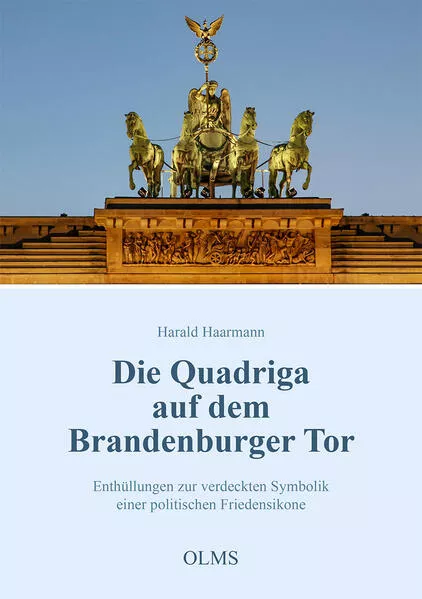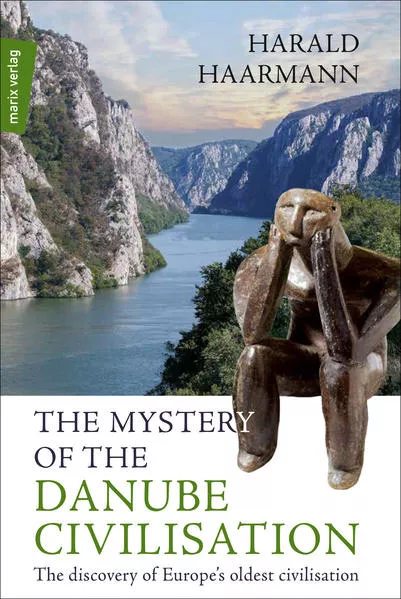
- Publikationen ca: 6
- Buchbewertungen ca: 143
- Fragen & Antworten
Harald Haarmann
Harald Haarmann is one of the world’s best-known linguists. He studied general linguistics, various philological disciplines and prehistory at the universities of Hamburg, Bonn, Coimbra and Bangor. He obtained his PhD in Bonn and his Habilitation (qualification at professorship level) in Trier. He taught and researched at a number of German and Japanese universities. Since 2003 he has been Vice-President of the Institute of Archaeomythology (main office in Sebastopol, California, USA) and director of its “European Branch” (located in Luumäki, Finland). Professor Haarmann has authored more than 70 books in German and English, some of which have been translated into over a dozen languages. In addition to this study on the Danube Civilisation, he has produced remarkable insights into the roots of ancient Greek civilisation and the early history of Rome. His work has earned him the Prix logos (1999), awarded by the Association européenne des linguistes et des professeurs de langues (Paris) and the Premio Jean Monnet (Genova, 1999) for essay writing. In 2006 he received the Plato Award (UK). He lives and works in Finland.
Das Zeitalter der Pferde
Auf den Spuren der Partnerschaft von Mensch und Pferd Die Domestizierung des Pferdes und seine Rolle als Nahrungslieferant, Reit-, Zug- und Arbeitstier haben eine Schlüsselepoche der Menschheitsgeschichte geprägt. Harald Haarmann rekonstruiert auf der Basis neuer archäologischer, genetischer und linguistischer Forschungen den schrittweisen Prozess der Zähmung und Nutzung von Pferden und zeigt, wie die jahrtausendelange Partnerschaft nicht nur die Pferde, sondern auch die Menschen verändert hat.
Die Indoeuropäer
Harald Haarmann beschreibt anschaulich, was wir über die Ursprache der Indoeuropäer und ihre Urheimat in der südrussischen Steppe wissen, und erklärt, wie die berittenen Steppennomaden ab dem 4. Jahrtausend v.Chr. nach Westen und Osten gewandert sind.
Die Erfindung des Rades
ALS DIE WELTGESCHICHTE INS ROLLEN KAM - DER SIEGESZUG EINER ERFINDUNG Räder und Wagen sind erstaunlich junge Errungenschaften. Der Kulturwissenschaftler Harald Haarmann erklärt anhand neuerer Funde und Forschungen, warum die bahnbrechende Erfindung eher in Alteuropa und der Eurasischen Steppe nicht im Zweistromland zu verorten ist und wie sie sich von hier aus in der Alten Welt verbreitet hat.
Die Erfindung des Rades
Räder und Wagen sind erstaunlich junge Errungenschaften. Der Kulturwissenschaftler Harald Haarmann erklärt anhand neuerer Funde und Forschungen, warum die bahnbrechende Erfindung eher in Alteuropa und der Eurasischen Steppe – nicht im Zweistromland – zu verorten ist und wie sie sich von hier aus in der Alten Welt verbreitet hat.
Die Quadriga auf dem Brandenburger Tor
Das Brandenburger Tor hat ikonischen Wert für Berlin so wie der Eiffelturm für Paris oder die Tower Bridge für London. Diese Ikone symbolisiert Frieden und politischen Ausgleich in Europa. Damit knüpft das Image an die ursprüngliche Funktion an, die dem Tormonument in seiner Eigenschaft als ‚Friedenstor‘ im ausgehenden 18.
The Mystery of the Danube Civilisation
Over the last few years, archaeologists have been finding more and more evidence for the existence of a civilisation on the Balkan peninsula which, between the 6th and 4th millennia BCE, was using a writing system long before the Mesopotamians. In this book, Harald Haarmann provides the first comprehensive insight into this enigmatic Old European culture which, until recently, was unknown.
